Why Toshiba Controller LCD sometimes turns black for a moment?
- WwadechelseaSep 10, 2025
This is not a malfunction. The LCD may turn black temporarily to remove static electricity.

Why Toshiba Controller LCD sometimes turns black for a moment?
This is not a malfunction. The LCD may turn black temporarily to remove static electricity.
How to fix Toshiba BMS-CT2560U-E LCD not displaying?
If the LCD on your Toshiba Controller does not display, check that the power is not turned off by the breaker or similar issue. Look for the green LED at the lower rear of the main unit and on the AC adapter to confirm power is being supplied. Also, ensure that the wiring of the power outlet and AC adapter is properly connected, again checking for the green LEDs as indicators of power.
Why schedule setting changes have not been reflected on Toshiba BMS-CT2560U-E Controller?
If the schedule setting changes have not been reflected on your Toshiba Controller, make sure you are only making changes from either the main unit or the Remote Control Software, not both.
What to do if Toshiba BMS-CT2560U-E schedule does not work?
If your Toshiba Controller schedule is not working, check your Scheduler Operation settings. Try operating another air conditioner to verify if the actual air conditioner responds. Note that if a day is set in both the Weekly schedule and a Special day schedule, the Special day schedule will take precedence for that day.
What to do if I cannot log in to Toshiba Remote Control Software?
If you cannot log in to the Toshiba Remote Control Software, remember that each user can only log in from one PC at a time. Also, select a display style other than classic style by going to [Start] - [Control Panel] - [Appearance and Personalization] - [Change the theme]. The supported operating systems of this software are Windows 10 and Windows 11.
How to turn off Toshiba BMS-CT2560U-E?
To turn off the power on your Toshiba Controller, select [Menu]-[Functions]-[shut down].
Why Toshiba air conditioner doesn't cool or heat?
If your Toshiba air conditioner isn't cooling or heating, it might be due to demand control or power saving settings, which reduce the outdoor unit's capacity to lower power consumption, potentially increasing the time to reach the set temperature. Additionally, forced thermo OFF stops the outdoor unit's operation, causing the indoor unit to function only as a fan.
How to fix Toshiba Remote Control Software not starting?
If the Toshiba Remote Control Software won't start, download and install .Net Framework 4.8 from the software's download website. Ensure that your PC and the LAN of the Unit are connected properly by checking the LAN cable and network settings. The IP address to enter during installation should be the IP address of the controller main unit, not the PC's IP address. Also, confirm that your operating system is Windows 10 or Windows 11, as other OS versions may not be supported.
Why do air conditioner settings change arbitrarily on my Toshiba BMS-CT2560U-E?
If the air conditioner settings change arbitrarily on your Toshiba Controller, note that stopping the air conditioner with the local remote control or its schedule will override any settings made by the Controller. Similarly, stopping the air conditioner with the PC app "Remote Control Software" also overrides previous settings. Also, the air conditioner may stop automatically if an external input signal is received via the external interlocking function.
Why is the webpage of my Toshiba BMS-CT2560U-E Controller not displayed?
If the Toshiba Controller webpage is not displaying, first ensure the System Controller is powered on. You cannot connect to the webpage if it is off. Also, verify that your PC and the Controller's LAN are properly connected, checking both the LAN cable and network settings. If a proxy server is in use, exclude the IP address of the System Controller. Note that you cannot connect to the Unit unless the IP address of the PC is set.
| Brand | Toshiba |
|---|---|
| Model | BMS-CT2560U-E |
| Category | Controller |
| Language | English |
Safety guidelines for installing the system controller and related equipment.
Important safety instructions for operating the touch screen controller and connected devices.
Safety measures for moving or repairing the system controller and its components.
Explains basic touch panel interactions like tap, drag, swipe, and flick.
Details the main screen layouts including Home, List, Layout, and Control screens.
Describes the system configurations controllable by the Unit, including All, Group, and Unit.
Defines key terminology used throughout the manual for better understanding.
Lists the types of equipment that can be controlled and monitored by the Unit.
An overview of the Home, List, and Layout screens, and [CONTROL] tabs.
Steps for service personnel to perform initial setup and verification of the main unit.
Configures the Unit and PC for remote monitoring and control via a local network.
Instructions for starting and stopping air conditioners, individually or as a group.
Guides on how to adjust group settings like mode, temperature, and fan speed.
Procedures for configuring weekly and special day schedules for operations.
How to check the operational status and malfunction history of the entire system.
Restricts operation of local remote controllers for individual air conditioners.
Allows checking and setting specific operational parameters and functions.
Details various configurable functions and settings specific to air conditioners.
Explains specific functions and settings available for ATW units.
Covers turning ventilation on/off, setting mode, and fan speed.
Includes functions like Eco Temperature Shift, Power Select, ECO, and PURE for energy efficiency.
How to modify existing weekly and special day operating schedules.
View operation time graphs for groups, air conditioners, or ON/OFF units.
Instructions on how to access and navigate the owner's manual directly on the controller screen.
Displays lists of detected check and notice codes for troubleshooting and monitoring.
Visualize electric power consumption data in daily or monthly graphs.
Methods to lock or unlock the controller's functions to prevent unauthorized access.
Access to settings for demand control, data summation, and system management.
Customize screen language, date format, and system date/time.
Manage user accounts, including adding, changing, or deleting them for remote operation.
Configure operation lock levels, passwords, and network IP addresses.
Modify area assignments and set display names for indoor units.
Adjust screen brightness and configure power consumption control and energy thresholds.
Steps to access and log into the remote control software from a PC.
Procedure for safely logging out of the remote control software.
Instructions on how to properly close the remote control software application.
Overview of using PC software for power distribution analysis and billing.
Guides on downloading data and generating reports for power distribution analysis.
Addresses problems related to the LCD screen and basic unit operation.
Troubleshoots issues with settings, schedules, and arbitrary changes.
Resolves issues related to network connection, IP addresses, and software errors.
Provides common problems, their causes, and recommended solutions.
Provides technical details about the hardware, power, and dimensions.
A comprehensive list of all available functions categorized by Control, Monitoring, and Schedule.
Information regarding the warranty period and terms for the product.
Guidelines and information to follow when requesting repair or service.
Contact details and required information for obtaining after-sales support.
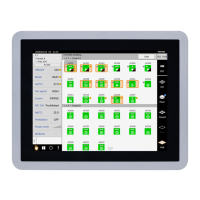
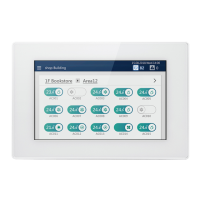
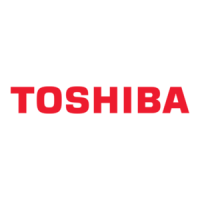
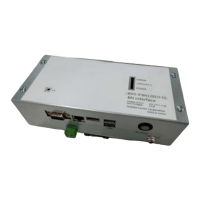
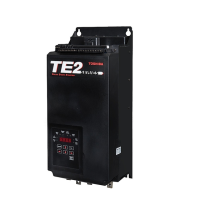

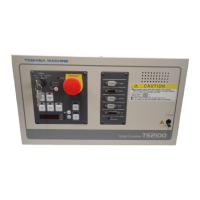
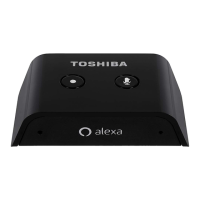
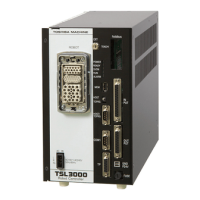

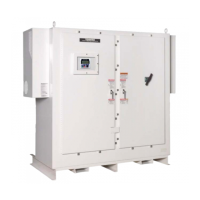

